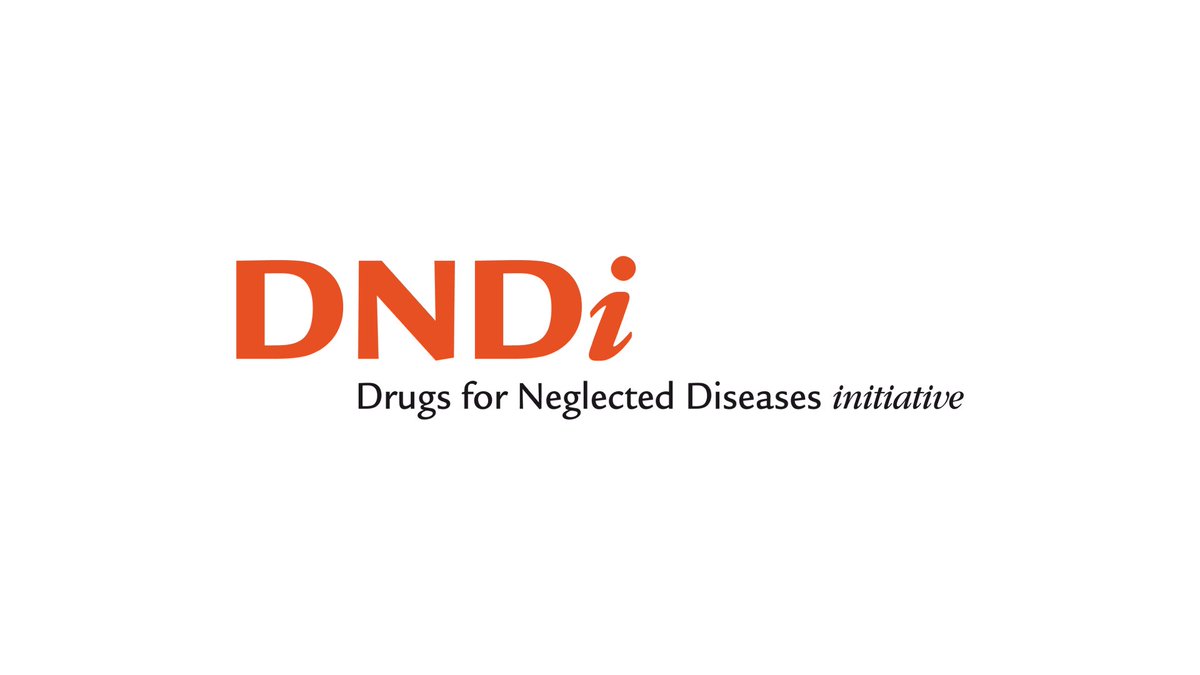
Mixed Integer Programming is an NP-hard optimisation problem arising in planning, logistics, resource allocation, etc.
Presenting a solver with neural heuristics that learns to adapt to the problem domain, outperforming SCIP on Google-scale MIPs: dpmd.ai/13349 (1/)
Presenting a solver with neural heuristics that learns to adapt to the problem domain, outperforming SCIP on Google-scale MIPs: dpmd.ai/13349 (1/)

Practical applications often focus on finding good solutions fast rather than proving optimality. In follow-up work, Neural Neighborhood Selection finds better solutions even faster by learning heuristics for large neighborhood search: dpmd.ai/10201 (2/) 

The neural solver learns even on single problem instances, improving the best known solutions to three open MIPLIB problems.
Milo-v12-6-r1-75-1: dpmd.ai/milo-v12-6-r1-…
Neos-1420790: dpmd.ai/neos-1420790
xmas10-2: dpmd.ai/xmas10-2
(3/)
Milo-v12-6-r1-75-1: dpmd.ai/milo-v12-6-r1-…
Neos-1420790: dpmd.ai/neos-1420790
xmas10-2: dpmd.ai/xmas10-2
(3/)

Work by V. Nair, @sbos, F. Gimeno, I. von Glehn, P. Lichocki, @ilobov, @bodonoghue85, N. Sonnerat, C. Tjandraatmadja, @PengmingWang, R. Addanki, @tharindi_h, T. Keck, J. Keeling, @pushmeet, @s0f1ra, @liyuajia, @OriolVinyalsML & Y. Zwols (4/4)
• • •
Missing some Tweet in this thread? You can try to
force a refresh















